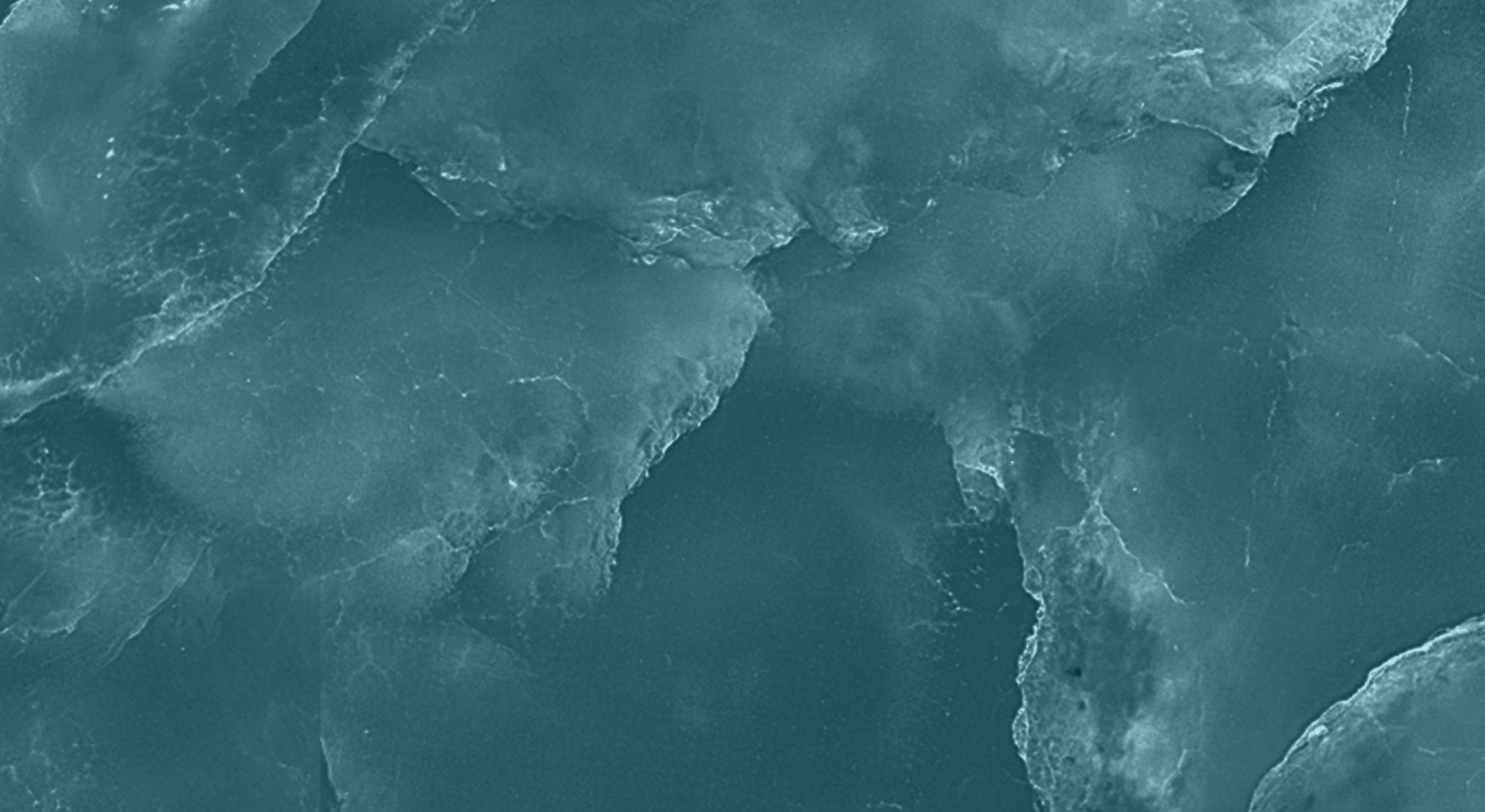When it comes to "detoxing," the wellness world is full of buzzwords, powders, and expensive fads. But the real story is both simpler and more powerful: your body has incredible, natural detoxification systems working 24/7. Understanding these built-in pathways—and supporting them wisely—is far more effective than any trendy cleanse. Let's dive into how the liver, kidneys, and brain (via the glymphatic system) perform daily detoxification, how they can be supported, and why most detox fads miss the mark.
How the Body Naturally Detoxifies
1. The Liver: The Master Chemist
The liver is the body's primary detoxification organ. It works in two main phases:
- Phase I Detoxification: The liver uses enzymes (like cytochrome P450) to break down toxins into intermediate forms. These intermediate forms can sometimes be more reactive and potentially harmful than the original substance.
- Phase II Detoxification: These intermediate products are then conjugated (combined) with molecules like glutathione, sulfur, or methyl groups to make them water-soluble, so they can be excreted safely through bile or urine.
Examples of Liver Detox at Work:
- Breaking down alcohol into less toxic compounds.
- Processing and eliminating hormones like estrogen.
- Metabolizing drugs and environmental toxins for excretion.
2. The Kidneys: The Blood’s Filtration System
The kidneys continuously filter blood to remove waste products and excess substances, maintaining fluid and electrolyte balance. Small waste molecules like urea, ammonia, and byproducts of cellular metabolism are efficiently excreted in the urine.
Examples of Kidney Detox at Work:
- Excreting nitrogenous waste from protein metabolism.
- Clearing certain medications and their byproducts.
- Regulating acid-base balance to prevent metabolic acidosis.
3. The Glymphatic System: Brain-Specific Detox
Only recently discovered, the glymphatic system is a network of channels that clears waste from the brain, especially during deep sleep. Cerebrospinal fluid flows through brain tissue, removing toxins like beta-amyloid proteins (implicated in Alzheimer’s disease).
Examples of Glymphatic Detox at Work:
- Removing metabolic waste produced by active neurons during the day.
- Clearing damaged proteins that can lead to neurodegeneration if accumulated.
- Replenishing the brain environment to support learning, memory, and mood regulation.
Exercise: An Unexpected Glymphatic Booster
While deep sleep is the primary driver of glymphatic clearance, recent research suggests that exercise also stimulates glymphatic flow. Regular physical activity improves cardiovascular health and cerebrospinal fluid dynamics, both of which enhance waste clearance from the brain. Aerobic exercise in particular seems to amplify glymphatic activity, potentially reducing the risk of cognitive decline over time.
Why Most "Detox" Fads Fail
Many "detox" products sold online or in health stores focus heavily on quick fixes—typically involving laxatives, diuretics, or severely restricted diets.
Here’s why that’s a problem:
- Laxative-based cleanses primarily flush the colon but do nothing to help the liver or kidneys. They often cause dehydration, electrolyte imbalance, and even dependency if overused.
- Juice cleanses can temporarily decrease calorie intake but often lack enough protein to support phase II liver detoxification, which requires amino acids.
- Extreme "GI detoxes" that promise to "scrape out toxins" are mostly marketing gimmicks. The gut lining regenerates naturally every few days and is designed to prevent the absorption of harmful substances.
Rather than supporting detoxification, these methods often stress the body's natural systems.
How to Truly Support Your Body’s Detoxification Pathways
Lifestyle Foundations
- Sleep: Prioritize 7–9 hours of high-quality sleep to activate the glymphatic system.
- Hydration: Adequate water intake (about half your body weight in ounces daily) supports both kidney and liver function.
- Nutrition:
- Eat colorful fruits and vegetables rich in antioxidants and phytonutrients (e.g., cruciferous vegetables like broccoli for sulfur compounds).
Ensure adequate protein intake for liver phase II detox enzymes.
- Include fiber (like flaxseeds, oats, vegetables) to bind toxins in the gut and promote elimination.
- Movement: Regular exercise not only improves circulation and lymphatic flow but activates the glymphatic system to help cleanse the brain.
- Minimize Toxin Exposure: Reduce alcohol, processed foods, and environmental toxin exposure (e.g., choose non-toxic household products).
Key Supplements That Support Natural Detoxification
- Glutathione: A powerful antioxidant critical for liver phase II detoxification.
- N-Acetyl Cysteine (NAC): A precursor to glutathione and also directly supports liver health.
- Milk Thistle (Silymarin): An herb shown to protect liver cells and promote regeneration.
- Magnesium: Supports hundreds of enzymatic processes, including those involved in detox pathways.
- Omega-3 Fatty Acids: Help reduce inflammation and support membrane fluidity, essential for healthy kidneys and brain function.
- Curcumin: An anti-inflammatory compound from turmeric that supports liver detox enzymes and protects against oxidative damage.
Final Thoughts: Trust Your Body, Support It Wisely
Your body is not a static vessel that needs periodic "cleansing" from the outside. It’s an incredibly sophisticated, self-regulating system that detoxifies continuously.
The smartest strategy isn’t to buy into detox fads—it’s to optimize what your body already does:
- Sleep deeply.
- Eat real, nutrient-dense foods.
- Stay hydrated.
- Move your body (which benefits both blood and brain detox!).
- Use targeted supplements when necessary.
Supporting your liver, kidneys, and glymphatic system in these foundational ways is far more effective (and sustainable) than any 3-day cleanse could ever be.


